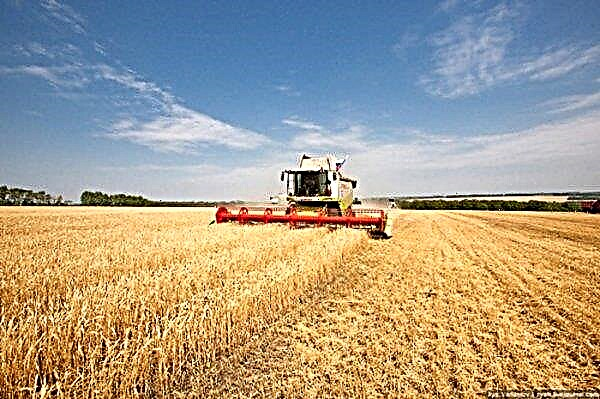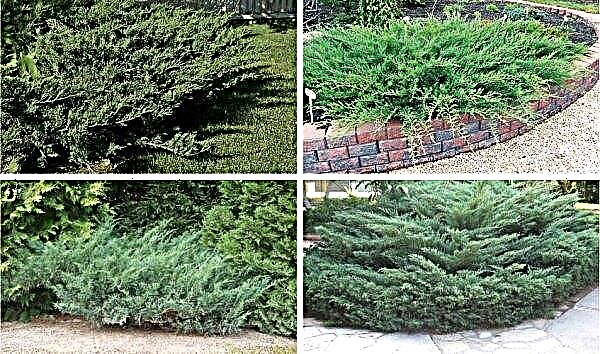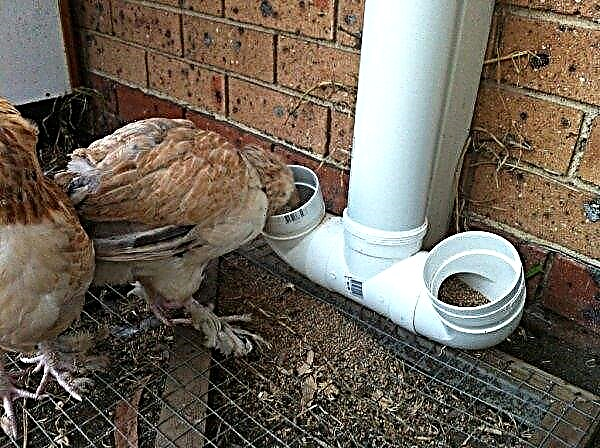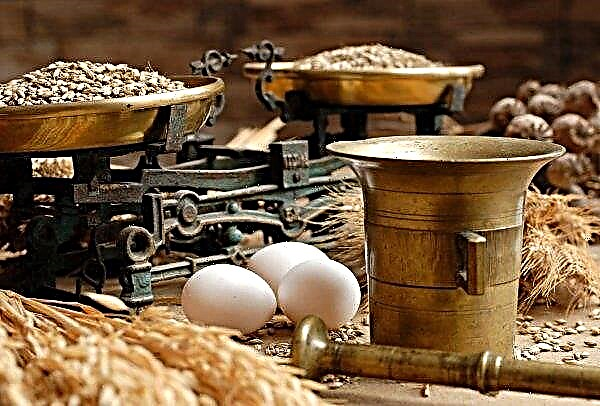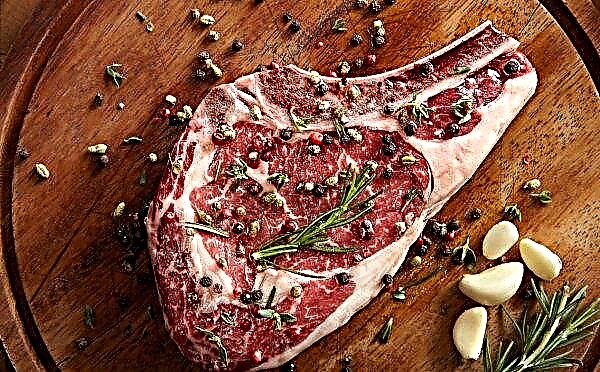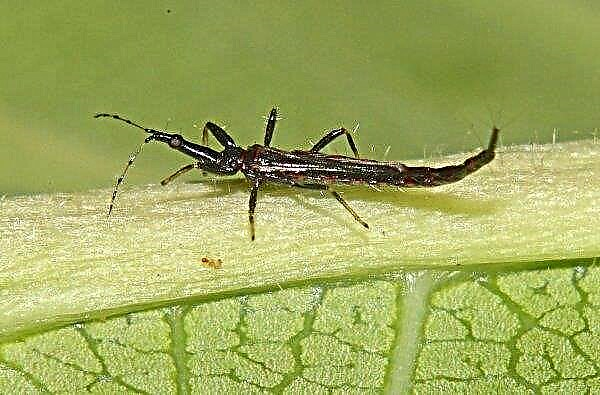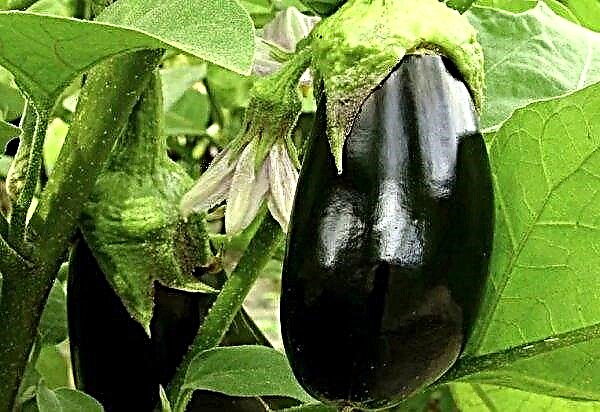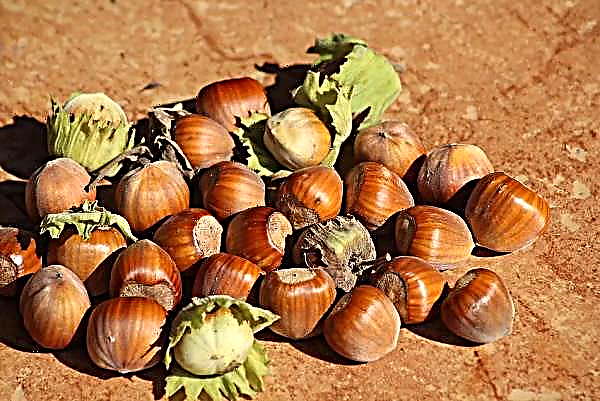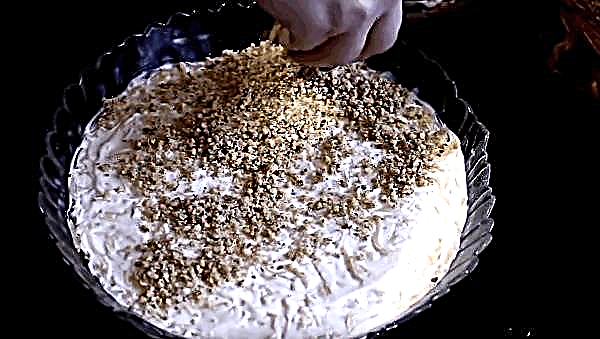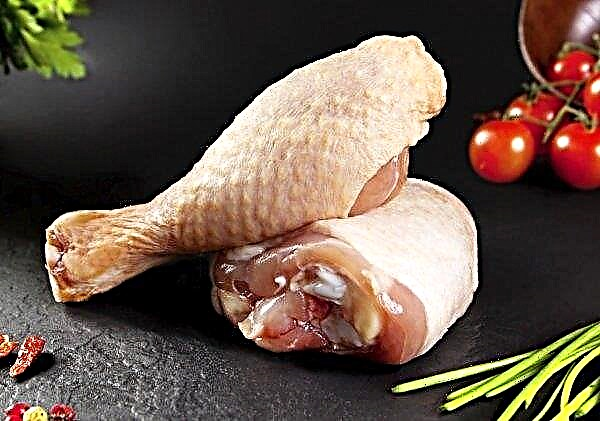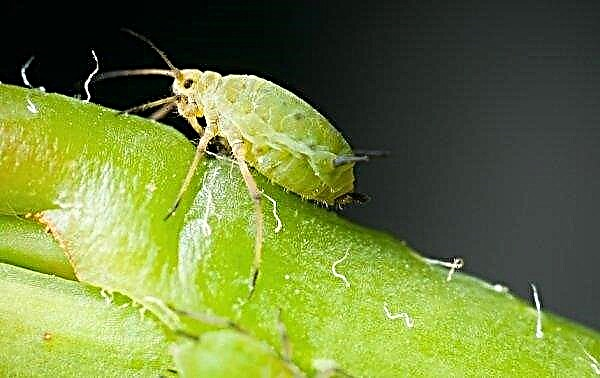The king of hot peppers Habanero grows in Mexico. He is a relative of hot chili, but much sharper. This is a favorite vegetable of local residents, which is part of many national dishes, for example, spicy Tabasco sauce. This article will talk about why Mexicans love this pepper and how to grow it at home.
Description of the Habanero variety
Pepper owes its name to the Cuban capital Havana. And the scientific name "Chinese capsicum" he received in the XVIII century. from the Austrian botanist N. Jacen. Traveling around the West Indies, the scientist discovered a beautiful bright vegetable, but considered that he came to America from China. In fact, the homeland of the Habanero are the Yucatan Peninsula (Mexico) and the Caribbean Islands. Even the ancient Incas and Mayans used the burning fruits not only for cooking, but also for their rituals. After Columbus discovered America, Habanero gradually began to conquer Eurasia. Now it is grown around the world.
Mexican pepper is a tropical plant, but it can also be cultivated here in the southern regions. It is often used as a decorative culture. Compact bushes with shining green foliage and bright multi-colored fruits look very beautiful both on a flower bed and in a pot.
Fetal characteristic
Habanero is very prolific. From one bush in 1 year you can remove up to 90 small fruits (about 2-3 kg). In close to natural conditions, it bears fruit several times a year. The fruits are small: 3–6 cm in length and 2–2.5 cm in width. The mass of ripe pepper ranges from 30 to 50 g. The shape is heart-shaped, uneven. The walls of the pods are thin, the skin is smooth, waxy. Unripe specimens are green in color. Ripening, they acquire different colors: red, yellow, orange, chocolate and even white.
Did you know? Little Habanero peppers are considered a very powerful aphrodisiac, especially for males.
One of the features of this pepper is its rich chemical composition:
- vitamins: A, C, E, group B, carotene;
- minerals: potassium, phosphorus, sodium, magnesium, calcium, iron, copper, etc .;
- many beneficial amino acids;
- saturated and unsaturated fatty acids;
- alkaloid capsaicin.
As can be seen from the composition, Habanero is very useful: it has an antioxidant and anti-inflammatory effect, cleanses blood vessels from cholesterol and helps fight excess weight. But its main component, which makes it very burning, is capsaicin. This substance is able to block the supply of painful impulses by nerve cells. Capsaicin is part of many drugs.
Taste qualities
At first glance, the fruits of Habanero are similar to smaller Bulgarian peppers, so they seem quite harmless. In fact, they are among the sharpest foods. From one small burning piece, a real fire begins in the mouth, which is difficult to extinguish.
According to the Wilbur Scoville scale, which introduced a system for measuring the severity of peppers more than 100 years ago, different types of Habanero reach 100, 350 and 500 thousand units of measure (scoville). The amount of scoville in it depends on its application. For example, raw pepper is impossible and dangerous for the stomach. Habanero is not used as a regular vegetable in salads and stews. It is added in very small quantities as a seasoning.Important! Capsaicin does not dissolve in water, so you should not extinguish the pepper “fire” inside yourself, washed down with water. The best cure for burning — milk, and milk protein (casein) well cleans capsaicin from the body.
Advantages and disadvantages
- Mexican pepper has a lot of advantages:
- excellent pungent taste;
- high productivity;
- year-round fruiting;
- the possibility of growing in greenhouses, open ground and indoor conditions;
- simple agricultural technology;
- decorative appearance.
- There are few disadvantages:
- instability to nematodes;
- sensitivity to cold;
- bitterness irritates the mucous membranes of the nose and eyes, you need to work with gloves;
- contraindicated in children, nursing mothers and people with gastric ulcer.
Optimum seeding time
Growing seeds at home begins with counting. First you need to determine the timing of sowing. Habanero is a thermophilic culture that lands on a permanent place when the earth and air warm up well and there is no threat of night frost, that is, at the end of April or May. From sowing to planting in the soil should take 2–2.5 months to seedlings fully strengthened. So, you can sow seeds in February.
Cultivating varieties
Seeds are prepared in the same way as seeds of other solanaceous.
Preparatory steps:
- Warming up in hot water for 2 minutes.
- Disinfection in a solution of potassium permanganate (soak for half an hour, rinse with water and dry). Surfaced seeds are rejected.
- Germination on a damp cloth in a warm place for several days. When the seeds swell and sprouts sprout, it's time to sow.
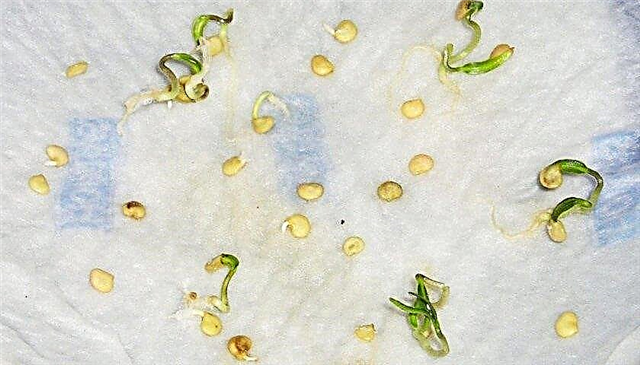
Seed sowing technology
The health and fruiting of future bushes depends on the correct sowing technology.
Step-by-step instruction:
- Choose a suitable container: a plastic or wooden box or individual cups. In an individual container, drainage holes must be made for moisture to escape.
- Fill the containers with earth: with special soil for solanaceous or with a substrate prepared independently from turf soil (2 parts), humus (2 parts), sand (1 part) and vermiculite (1 part). It is advisable to disinfect the prepared soil, for example, by calcining in the oven.
- Sow seeds in moist soil to a depth of 5–10 mm at a distance of 5–6 cm from each other. Cover with glass or film and put in a warm place (+ 20 ... + 25 ° C).
- When shoots appear (after 2-3 weeks), the glass must be removed.
Seedling Care
Growing seedlings need certain conditions:
- lighting: 16 hours before the pick and 12 hours after it, use fluorescent lamps;
- air temperature room, not lower than + 16 ° С;
- watering regular: the ground should be moist but not wet;
- top dressing added to water for irrigation: “Kornevin” or complex fertilizer;
- pick into separate cups (8-10 cm in diameter) at the stage of 2-3 leaflets;
- quenching: 2 weeks before planting in the greenhouse, take to the balcony for a couple of hours.
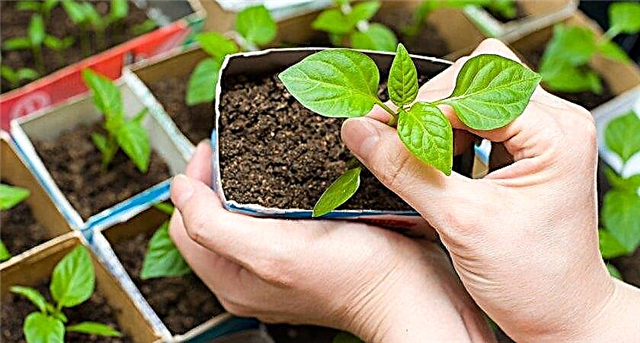
Soil preparation
Before transplanting seedlings, you need to prepare the soil. It should have a slightly acid reaction, be nutritious, loose and light. If Habanero will grow in pots, then the purchased land or independently mixed substrate is suitable, as for sowing seeds. If you plan to land in a greenhouse or garden, then the beds should be fertilized and the soil more loose. To do this, peat, humus and perlite are poured into each pit for seedlings and mixed with the ground. You can cover this entire bed with this fertilizer, and then dig it up.
Did you know? Habanero peppers infusion is an effective insecticidal agent. Watering affected plants with them, you can rid them of bugs, ants and their larvae.
Landing dates
Planting seedlings in a permanent place is necessary when:
- on sprouts there will be 8-10 full-fledged leaves;
- seedling height - 15–20 cm;
- air temperature does not fall below + 15 ° С.
Outdoor Care
The best results are shown by Habanero, grown in a greenhouse: there are no drafts, temperature and humidity are controlled. Apartment peppers also feel good, with their pots standing on the southern windowsill. To grow such pepper on an open bed is more risky. But by creating the right conditions for culture, you can get a good harvest.
How to care for Habanero in open ground:
- Choose a site well lit by the sun, but closed from the winds, for example, by the wall of a house or plantings of bushes.
- Water, like other types of pepper: immediately after transplanting - often (daily), and when the bushes harden - in moderation, avoiding drying out and waterlogging of the soil.
- To feed along with watering: for the first time - 2 weeks after transplantation with nitrogen-containing fertilizer, and during flowering - with phosphorus-potassium additives, you can use organics (compost).
- Pinch the top to form a branched, lush bush.
- Remove some of the first flowers, which will help plants grow stronger for further harvest.
Diseases and Pests
Habanero is resistant to many nightshade diseases. But he can become infected with nematodes. The only effective tool proven by many gardeners is a hot tub. The bush must be dug carefully, trying not to damage the root system, clean the roots from the ground and immerse for a couple of minutes in a container with hot water (+ 50 ... + 55 ° C). Such a procedure is deadly for nematodes.
The pests that the crop can suffer from are aphids, ticks and whiteflies. To combat them, the bushes are treated with soapy water.
Collection and use of fruits
Indoor Mexican pepper is a perennial plant that bears fruit all year round. In the open ground it is an annual plant. But it still gives a rich harvest. Fresh pods can be stored in the refrigerator for up to 10 days, and canned ones for 4 months.
Important! Picking fruits from the bush should be in gloves, since bitterness is difficult to wash off with water. And if the crop is large, you need to wear a protective mask, because the pods vaporize toxic fumes, irritating the mucous membranes of the nose and eyes.
Gourmets distinguish in these peppers not only incredible hotness, but also a pleasant aftertaste and a fruity-citrus aroma. Usually hot spice is used in recipes for meat, vegetable and fruit dishes. Dried pods add piquancy to drinks: martini, tequila, hot chocolate. Habanero is also the main ingredient in the spicy Mexican sauces of Tabasco and Salsa. But you should not fry pepper in boiling oil, because of this it will darken and lose its characteristic taste.
Hot Habanero Mexican pepper is easy to grow at home, if you follow the correct agricultural practices. It will decorate any garden bed and windowsill, as well as give a unique taste to different dishes.



